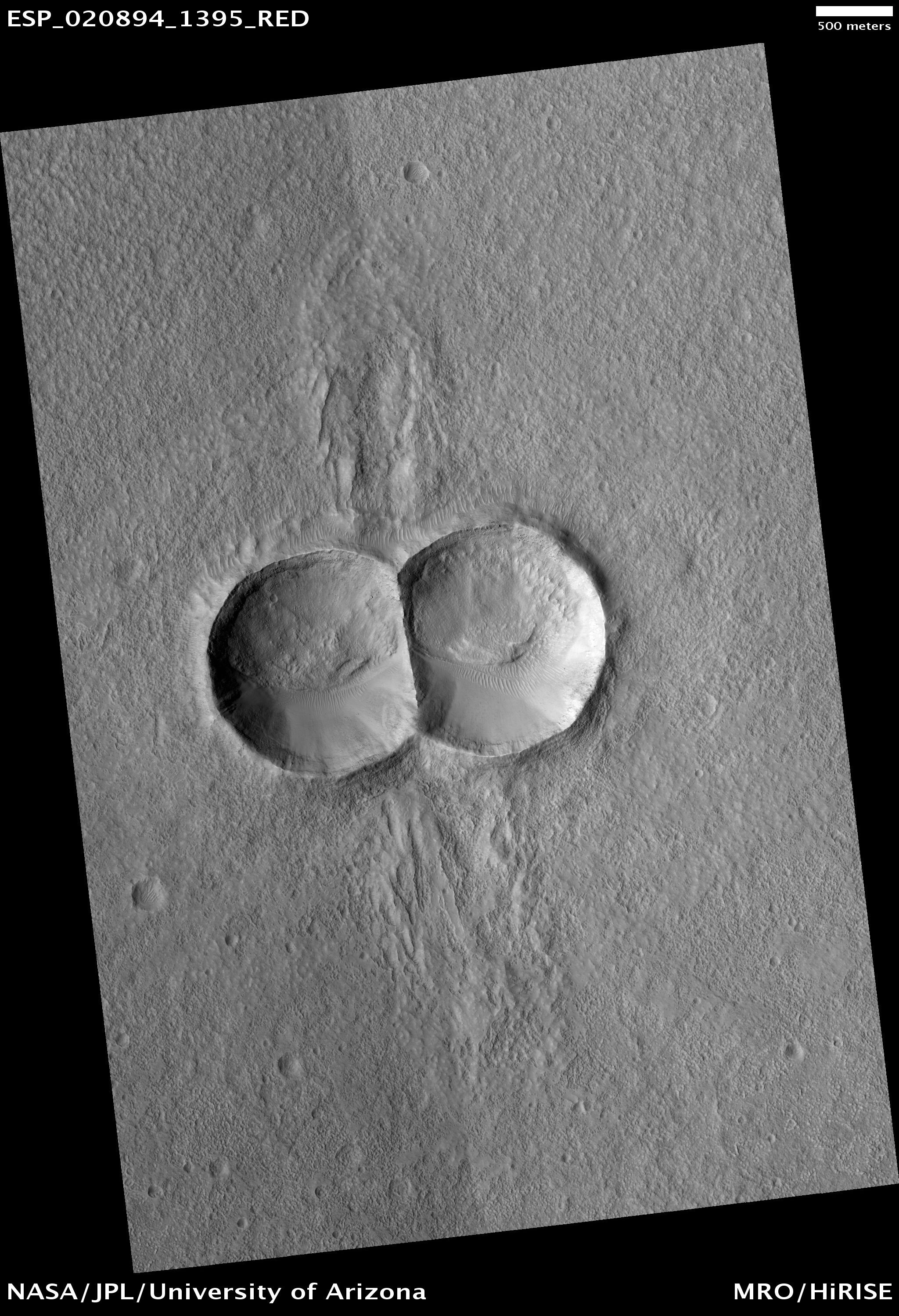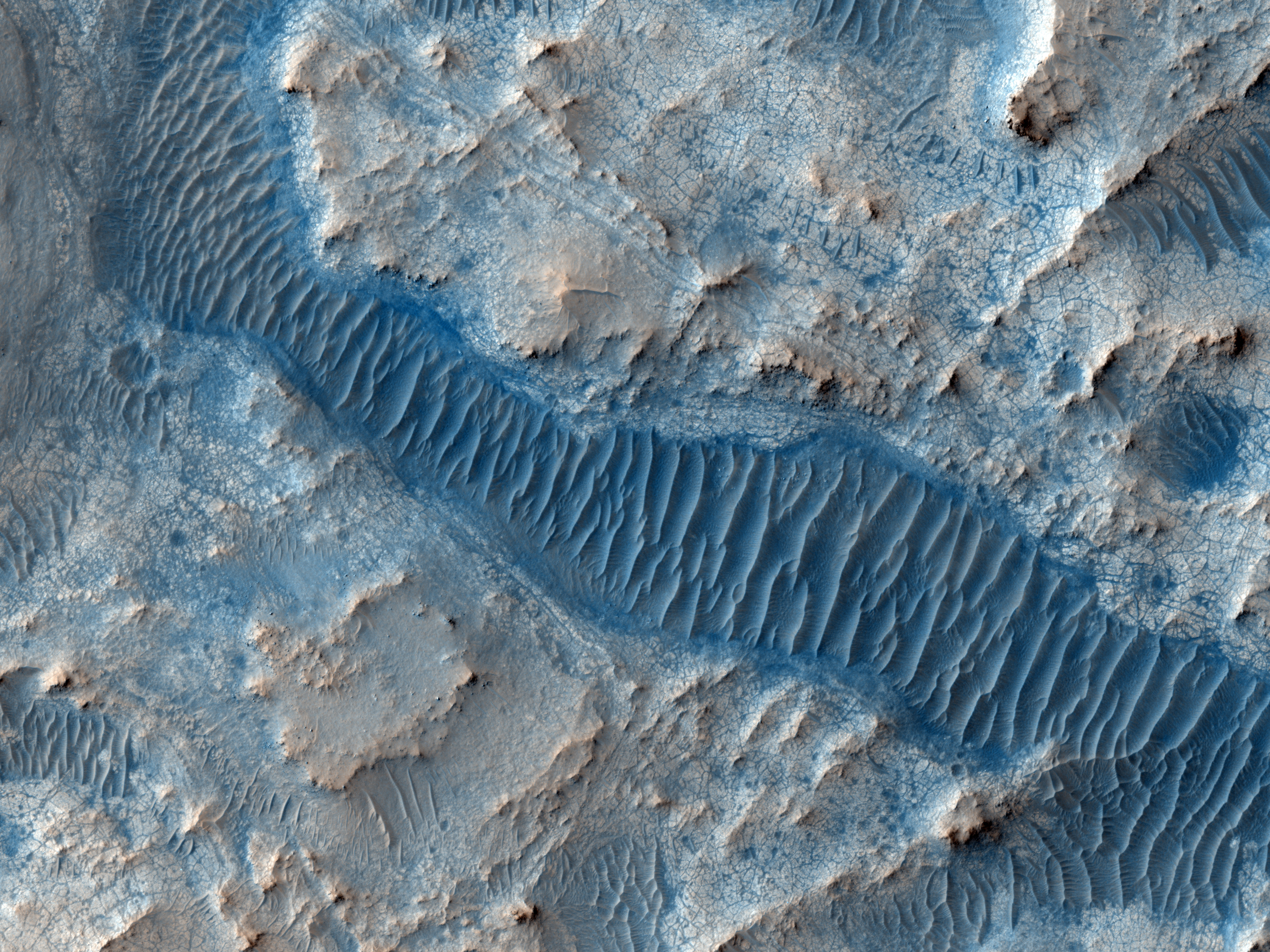Today's Image of Mars shows possible clays and sulfates in
Gale Crater, which is where
Mars Science Laboratory (MSL)
Curiosity will be landing on August 6 2012. Clays and sulfates are formed in the presence of water on Earth, and scientists use their abundance on Mars as proof that water once covered much of the Red Planet.
 |
Click to see the original hi-res image
Credit: HiRISE |
When MSL lands in Gale Crater it will examine other clays and sulfates within the 150km wide crater, in hopes of determining if Mars was ever capable of sustaining life. The age of the clays and sulfates will give us a better understanding of when water was present on the surface of Mars. Examining the exact composition of those clays will show us the
acidity of that water, which is an
important factor in determining if life as we know it could have existed on Mars.
If water is too acidic than most life that we've encountered on Earth would not be able to survive. Orbital instruments aboard Mars Reconnaissance Orbiter, Mars Express, Mars Odyssey Orbiter and other past and present orbiters has indicated that Mars contains some clays formed in highly acidic water, but it also contains some formed in more tolerable (neutral) water. Examinations of Gale Crater have led scientists to believe that the water once contained within it was close to neutral, and thus much more hospitable to life as we know it.
But only by further examination of the clays, sulfates, and other materials in Gale Crater will we know for sure! That is why Mars Science Laboratory
Curiosity was sent! We have only to wait until August before the discoveries begin!








